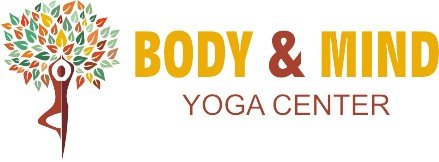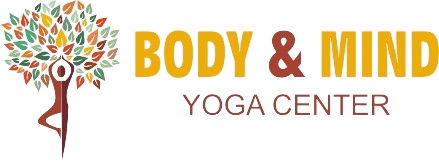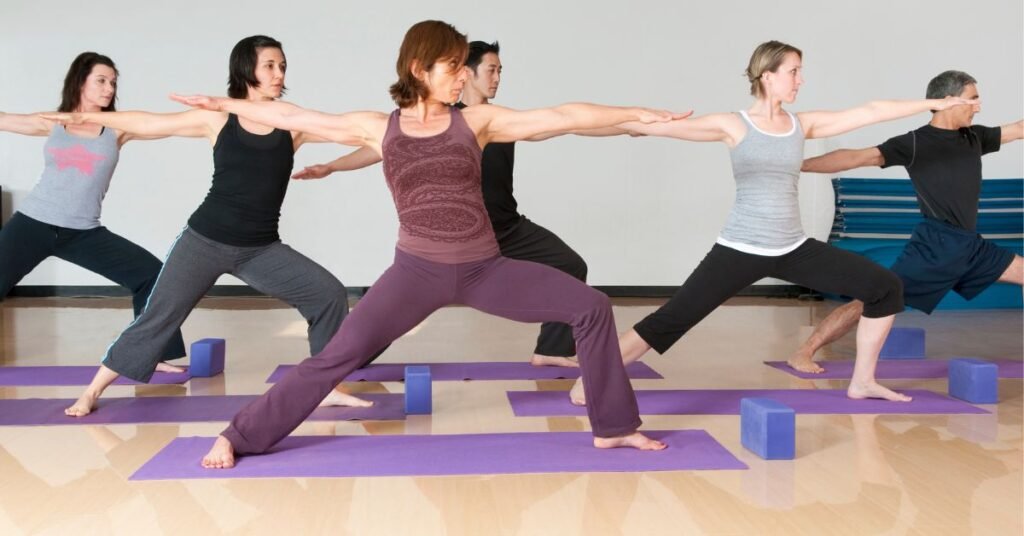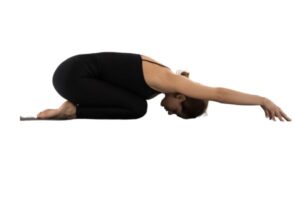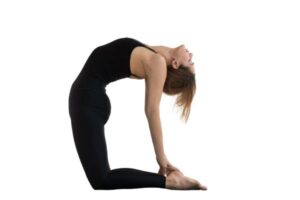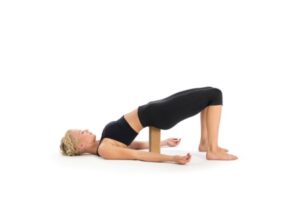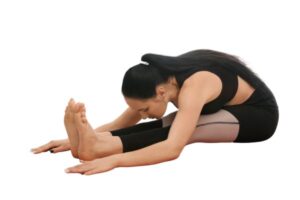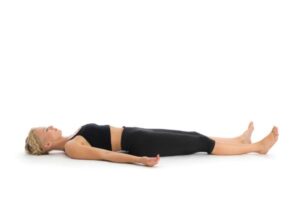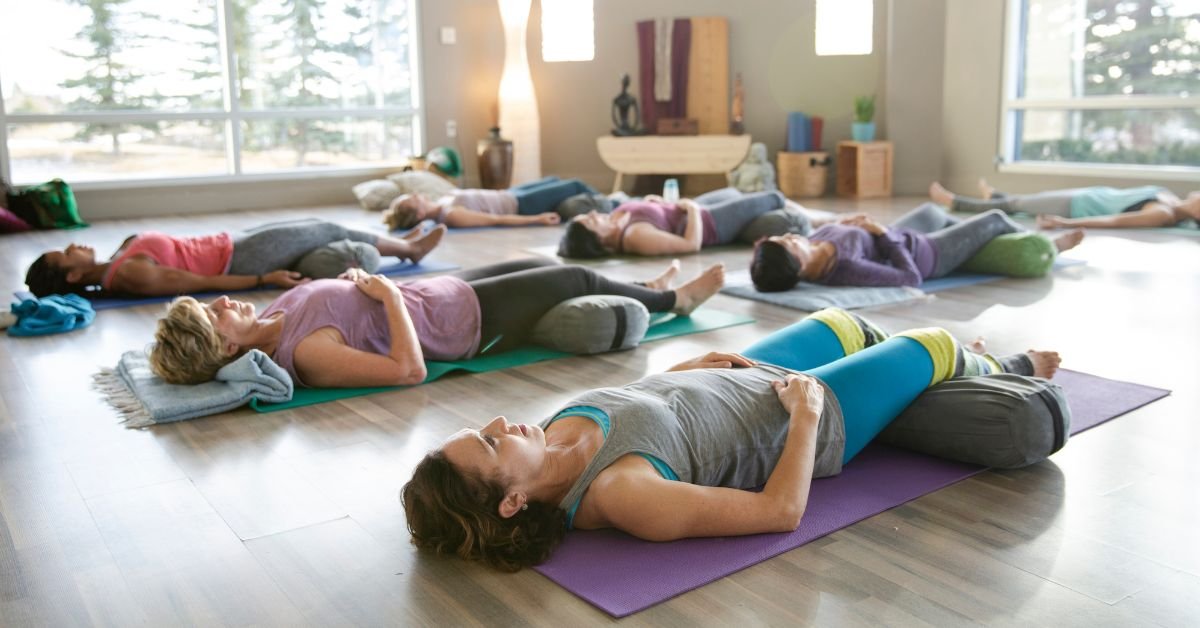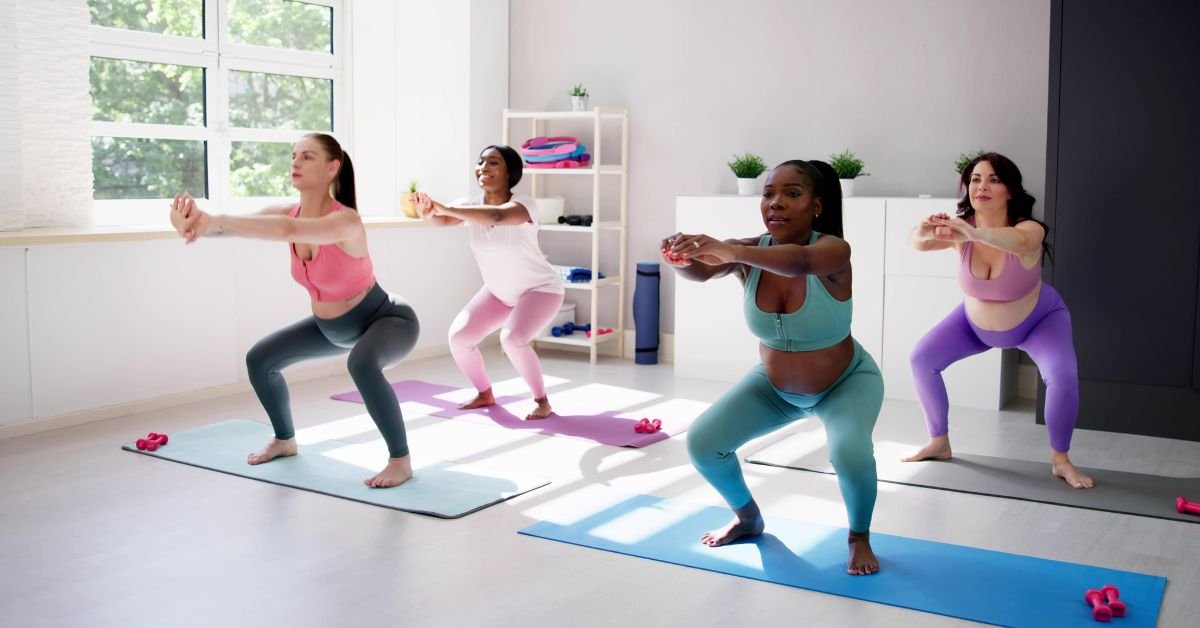5 Effective Yoga Poses to Relieve Hyperacidity

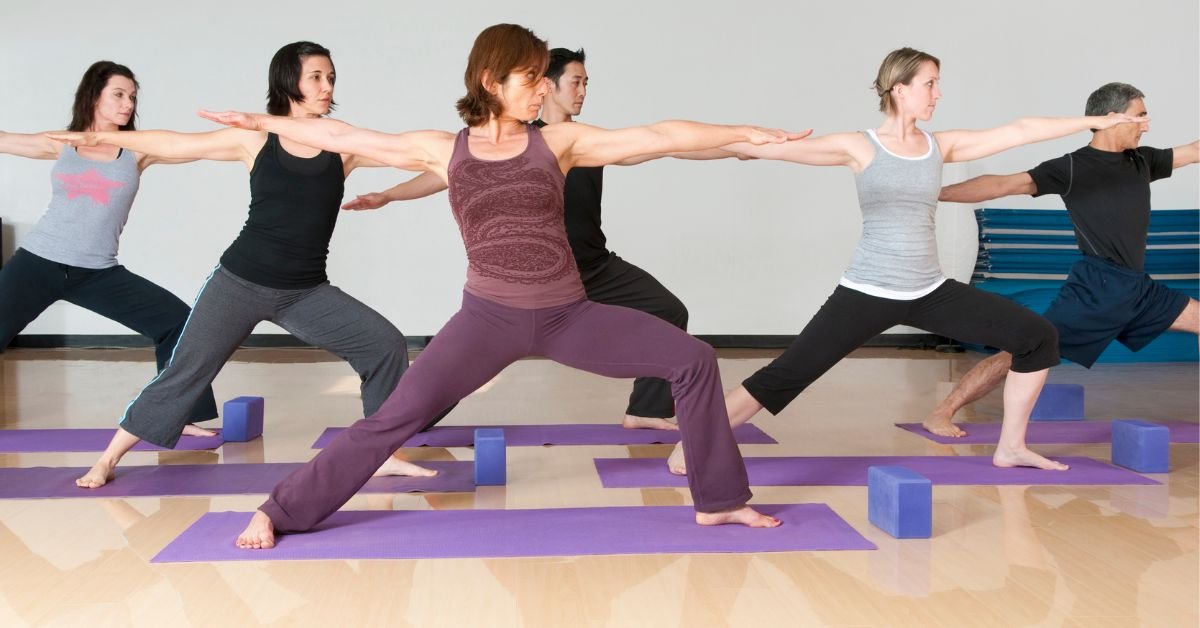
Hyperacidity is a common digestive issue that occurs when the stomach produces excess acid, leading to discomfort, heartburn, indigestion, and bloating. Modern lifestyles, stress, and unhealthy eating habits can exacerbate this condition. While medications can provide temporary relief, a holistic approach through yoga can offer long-term benefits. Certain yoga poses help reduce hyperacidity by improving digestion, relieving stress, and promoting overall well-being.
Here are 5 Yoga Poses to Relieve Hyperacidity
Balasana (Child Pose)
Balasana, or Child Pose, is a gentle resting posture that stretches the lower back and relaxes the abdominal organs. This pose calms the nervous system, helps relieve tension in the stomach, and improves digestion, making it beneficial for managing hyperacidity.
How to Do Balasana:
- Begin by kneeling on the mat with your big toes touching and knees apart.
- Sit back onto your heels, allowing your spine to lengthen as you exhale.
- Slowly fold forward, bringing your torso between your thighs and extending your arms out in front of you.
- Rest your forehead on the mat, relaxing your shoulders and neck.
- Hold the pose for 1–2 minutes, taking slow, deep breaths.
Benefits:
Balasana helps relax the abdominal organs, relieving tension and promoting digestion, which can reduce symptoms of hyperacidity. It also calms the nervous system, lowering stress levels that may trigger acid reflux.
Ustrasana (Camel Pose)
Ustrasana, or Camel Pose, is a deep backbend that stretches the front body, including the chest, abdomen, and throat. This posture opens the digestive tract, helping relieve pressure caused by acid reflux and promoting better digestion.
How to Do Ustrasana:
- Begin by kneeling on the mat with your knees hip-width apart and your thighs perpendicular to the floor.
- Place your hands on your lower back for support as you inhale and lift your chest upward.
- Arch your back, gently pushing your hips forward and reaching for your heels with your hands.
- Keep your chest open and your head relaxed, allowing your neck to stay in a neutral position.
- Hold the pose for 20–30 seconds, then slowly release and sit back on your heels.
Benefits:
Ustrasana stretches the stomach and chest, reducing pressure on the digestive tract and alleviating acid buildup. It promotes better digestion by opening the front body and relieving discomfort from hyperacidity.
Setu Bandhasana (Bridge Pose)
Setu Bandhasana, or Bridge Pose, is a mild backbend that stretches the spine, chest, and hips. This pose helps stimulate digestion, strengthens the lower back, and opens the chest, making it an effective posture for managing hyperacidity.
How to Do Setu Bandhasana:
- Lie on your back with your knees bent and feet flat on the floor, hip-width apart.
- Place your arms by your sides, palms facing down.
- Press your feet firmly into the mat and lift your hips toward the ceiling, engaging your glutes and thighs.
- Clasp your hands beneath your back for additional support, and lift your chest toward your chin.
- Hold the pose for 30–60 seconds, then gently release your hips back to the mat.
Benefits:
Setu Bandhasana massages the abdominal organs and helps improve digestion, making it effective for reducing acid reflux. The chest opening in this pose also promotes deep breathing, easing acid-related discomfort.
Paschimottanasana (Seated Forward Bend)
Paschimottanasana, or Seated Forward Bend, is a seated posture that stretches the entire back body, including the spine, hamstrings, and calves. This pose compresses the abdominal organs, promoting digestion and relieving discomfort caused by hyperacidity.
How to Do Paschimottanasana:
- Sit on the mat with your legs extended in front of you and your spine straight.
- Inhale, lengthen your spine, and raise your arms overhead.
- Exhale and hinge forward from the hips, reaching for your feet or shins.
- Keep your back straight and chest open as you fold forward, bringing your forehead toward your legs.
- Hold the pose for 30–60 seconds, then inhale to rise back to a seated position.
Benefits:
Paschimottanasana compresses the abdominal organs, stimulating digestion and relieving trapped gas, which helps manage hyperacidity. The pose also reduces bloating and promotes relaxation.
Shavasana (Corpse Pose)
Shavasana, or Corpse Pose, is a relaxation pose that allows the body to fully rest and rejuvenate. This posture helps calm the nervous system, reduce stress, and promote digestion, making it an effective pose for managing hyperacidity.
How to Do Shavasana:
- Lie flat on your back with your legs extended and arms by your sides, palms facing up.
- Close your eyes and relax your entire body, allowing your muscles to release tension.
- Focus on your breath, taking slow, deep inhales and exhales.
- Stay in the pose for 5–10 minutes, allowing your body and mind to fully relax.
- Slowly bring your awareness back to the present and gently rise to a seated position.
Benefits:
Shavasana promotes full-body relaxation, reducing stress—a key factor in triggering hyperacidity. It helps calm the mind and encourages deep breathing, supporting digestive health and reducing acid reflux symptoms.
In conclusion, yoga offers a holistic approach to managing hyperacidity by promoting better digestion, relieving stress, and calming the mind. By incorporating these yoga poses into your daily routine, you can help alleviate discomfort caused by acid reflux, bloating, and indigestion. Remember to pair your yoga practice with mindful eating habits and stress management techniques for optimal results in combating hyperacidity.
Join us at Body and Mind Yoga Center for an enriching experience that harmonizes body and mind. Your path to wellness begins here. We provide the best Yoga classes In Dubai with a variety of lessons suited to fit your needs and preferences.
Share this post :
Most Recent Posts
- All Posts
- Yoga
- Yoga For Kids
- Yoga For Womens
Category
Have Question
Looking for the best yoga classes in Dubai? Visit our state-of-the-art yoga studio and center in Dubai for a rejuvenating and transformative experience.
